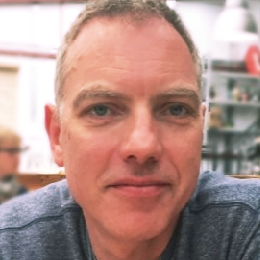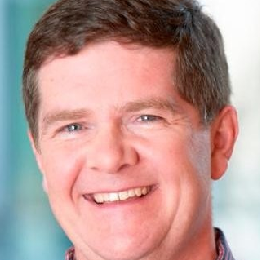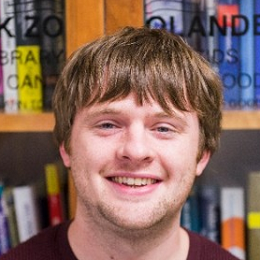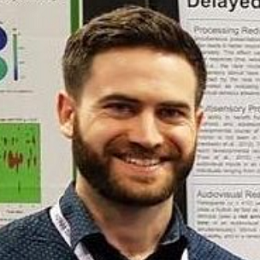STORY
SEGOTIA's Founders, having developed Audio IP & Software throughout their careers, first came together to create an expert Audio Integration Company for Hearables.
In the early years we concentrated on Audio Engineering for Mobile Apps and System-On-Chip (SoC) Hearables platforms while developing relationships with, and understandings of, our Audio Integration Customers.
Now we're backing ourselves by investing in a future where Hearables incorporate Neuro (EEG) sensing. We work with Customers, leading NeuroScience Institutions and NeuroTech Companies to discover and prove technologies and commercial opportunities in the Neuro-Audio space.




